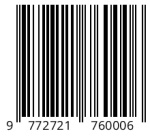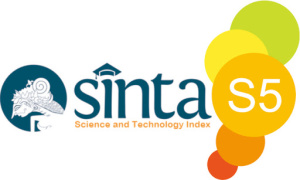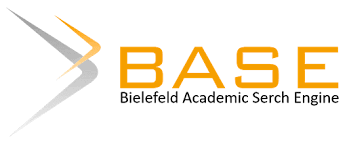ANALISIS KUALITAS LAYANAN DAN PENGGUNA APLIKASI OVO TERHADAP KEPUASAN PELANGGAN MENGGUNAKAN PIECES FRAMEWORK
DOI:
https://doi.org/10.59819/jmti.v13i2.3205Keywords:
OVO, PIECES, Digital Wallet, Customer Satisfaction, Service QualityAbstract
The OVO application is an application that provides payment system services that can provide convenience in non-cash transactions, besides that the OVO application also opens access to digital financial products and services. OVO application which is a payment system used by various users. The diversity of these users will be an important point in assessing customer satisfaction because each customer has a different level of satisfaction. Users of the OVO application will assess customer satisfaction satisfied or dissatisfied, so that the existing system, will require further development in the future. One of the methods used in measuring the level of customer satisfaction is the pieces framework method which method has variables of performance assessment, information, economy, control, efficiency, and service. Researchers use questionnaires on 103 respondents who use the OVO application, INSTIKI students class of 2019, dissemination of this questionnaire through the Google form platform. The research results on the level of customer satisfaction showed the results of PUAS, with an average value above 4.06.
Downloads
Downloads
Published
Issue
Section
License
Authors who publish with the Jurnal Manajemen dan Teknologi Informasi agree to the following terms:
1. Authors retain copyright and grant the journal the right of first publication with the work simultaneously licensed under a Creative Commons Attribution License (CC BY-SA 4.0) that allows others to share the work with an acknowledgment of the work's authorship and initial publication in this journal.
2. Authors are able to enter into separate, additional contractual arrangements for the non-exclusive distribution of the journal's published version of the work (e.g., post it to an institutional repository or publish it in a book), with an acknowledgment of its initial publication in this journal.
3. Authors are permitted and encouraged to post their work online (e.g., in institutional repositories or on their website) prior to and during the submission process, as it can lead to productive exchanges, as well as earlier and greater citation of published work. (See The Effect of Open Access) .





















